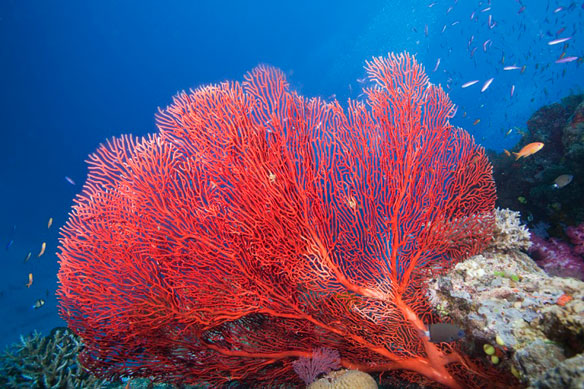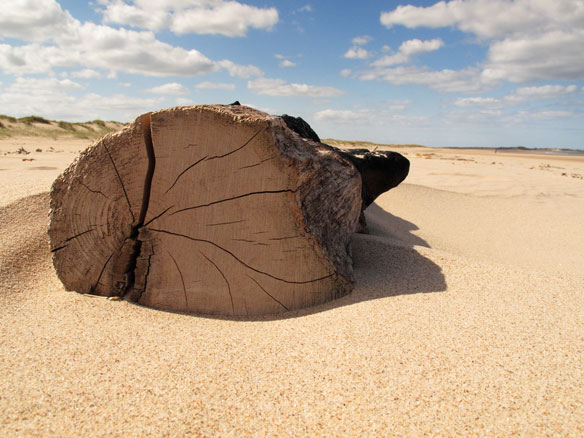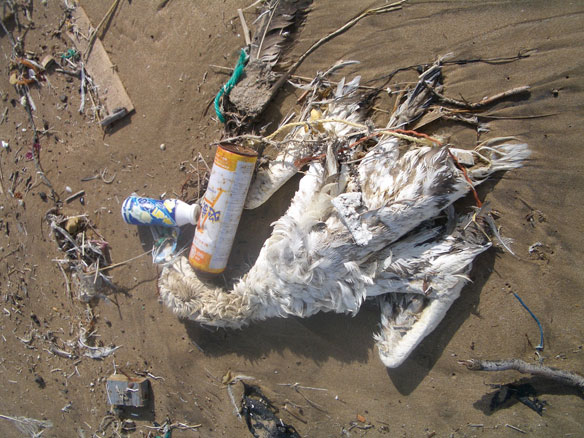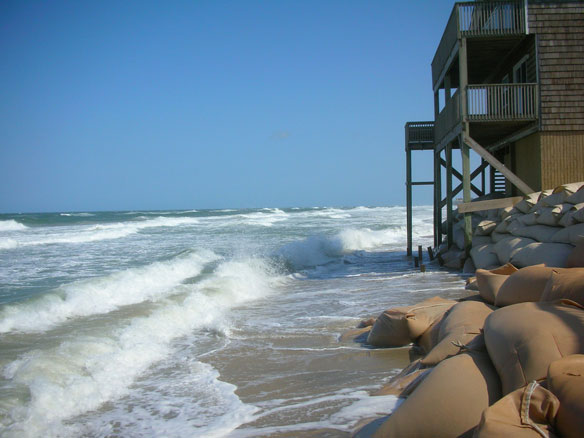The Fukushima report hides behind the cultural curtain

More than a year after a catastrophic earthquake and tsunami struck Japan on 11 March 2011, the Fukushima nuclear accident independent investigation commission released an 88-page report this week delivering the indictment that Fukushima could not be considered a natural disaster but a “profoundly man-made disaster”…
Kalimantan, Borneo, Indonesia

Kalimantan, the Indonesian portion of Borneo, was once a lush tropical landscape full of some of the most sought-after timber in the world. In recent years, a combination of logging and agriculture has contributed to a rapidly changing landscape. When trees are logged, erosion can become a problem.
Natural Climate Change Shut Down Pacific Reefs: Study

A period of intense, natural changes in climate caused coral reefs in the eastern Pacific to shut down thousands of years ago, and human-induced pollution could worsen the trend in the future, scientists said. Join over 2,000 scientists from around the world in endorsing a Consensus Statement urging governments to take action for the preservation of coral reefs for the benefit of present and future generations.
Liberia’s Hasty Forest Sell-Off Risks More Conflict

More than half of Liberia’s forests — dense and packed with rare and endangered species, sprawling for hundreds of miles over the small coastal country — have been granted to logging firms, bypassing environmental laws and with few benefits to the people.
Seabirds Study Shows Plastic Pollution Reaching Surprising Levels Off Coast of Pacific Northwest

Plastic pollution off the northwest coast of North America is reaching the level of the notoriously polluted North Sea, according to a new study led by a researcher at the University of British Columbia.
This Summer Is “What Global Warming Feels Like”

Climate scientists suggest that if you want a glimpse of some of the worst of global warming, take a look at U.S. weather in recent weeks.
Sea-level Panel’s Mainstream Report

“It has been frustrating to watch the discussion over the issue sea-level rise here in North Carolina…” Geologist Dr. Rob Young of Western Carolina University wrote an op-ed in Raleigh’s News & Observer, that ought to be required reading for the state lawmakers who’ve decided to listen to the global warming deniers/pseudo-scientists on the matter of sea-level rise.
Save The Arctic Video, Greenpeace

The melting Arctic is under threat from oil drilling, industrial fishing and conflicts.
Arctic drilling creeps forward now, and in 5 years

In choppy water under blue sky off Bellingham, Wash., a Shell Oil crew lowered a “capping stack” 200 feet in the water and put it through maneuvers with underwater robots connected by cable to operators on the surface, a test that fulfilled one of the final steps required for permission to drill exploratory wells in Arctic waters…
